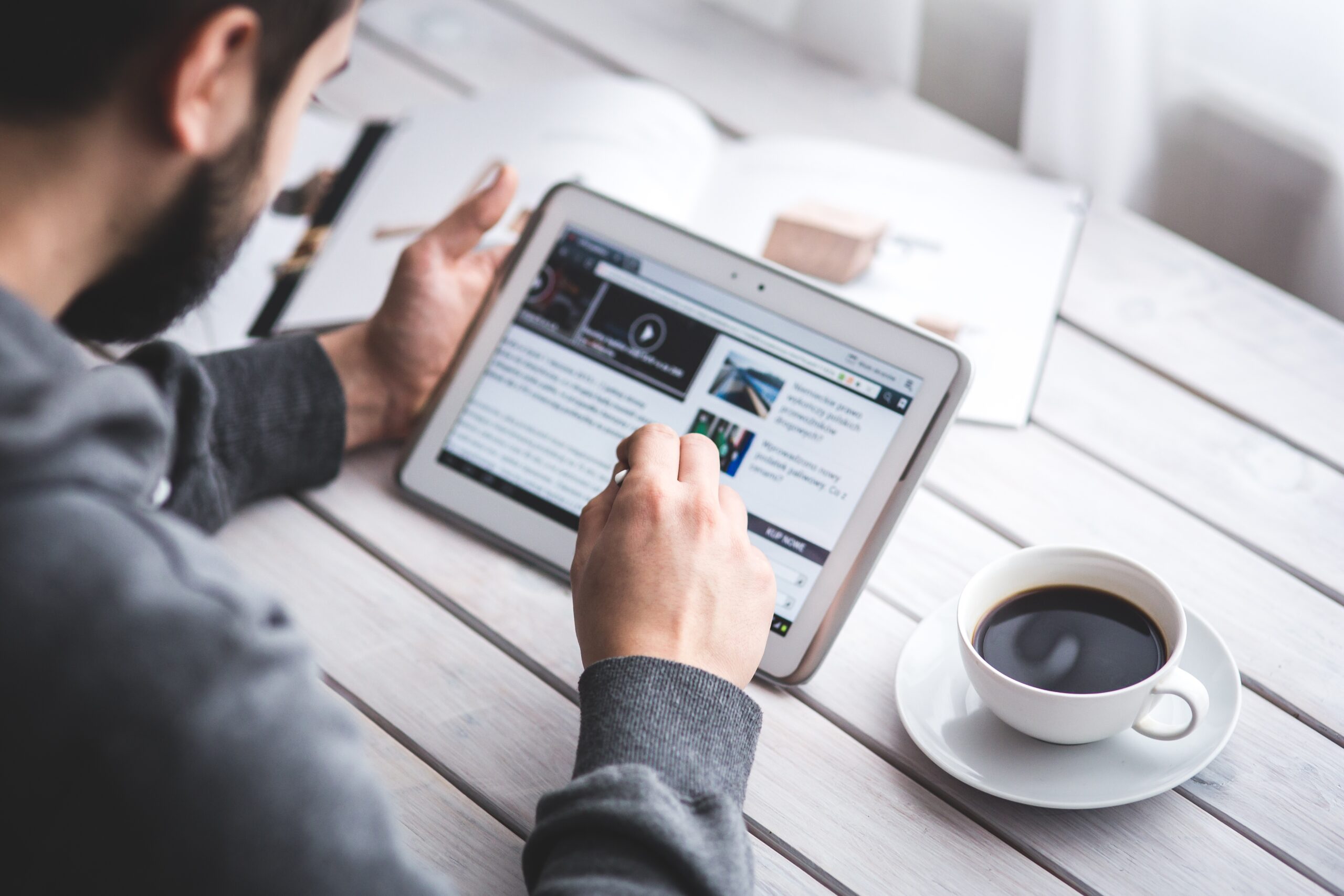States and local cities are beginning to lift stay-at-home orders, and businesses are feeling the need to get back to normal – the new normal. Reopening in what appears to be the aftermath of this global pandemic won’t be as simple as opening the doors and turning on the lights. The excitement of getting back to normal will be dampened by feelings of caution. Continued enforcement of safety guidelines will dictate changes in workspace and business environment – some will be minor adjustments, but some will involve major infrastructural changes. To complicate matters even more, the Stay-at-Home orders could be reactivated if COVID-19 case counts begin to rise again.
So what’s a small business owner to do?
You need to ensure health and safety measures are in place for both workers and customers. Because of the continued enforcement of safety guidelines, this will likely include some basic daily health screening and some form of physical distancing, at least for the near future.
Think of this as home base in your message map when communicating with your employees, customers and the general public. Keep in mind, your message map will be unique to the nature of your business and should be carefully drafted. I talk more about messaging in my post The Art of Messaging.
A wise reopening plan must include thoroughly addressed concerns over safety, such as virus screening, disinfecting/cleaning, providing and/or requiring protective equipment for employees. Clear, concise, and comprehensive messaging is imperative.
As for your customers, you will need to communicate not only what days and hours you will be doing business, but also how the business will be conducted. For example, will you
- Require customers to call ahead?
- Require customers to use personal protective equipment?
- Offer a contactless option?
- Provide only specific services or products?
Other things to consider include extended wait times for products and services due to supply chain disruptions. Businesses overwhelmed with demand during this time are also going to need some time to get back to normal.
For all intents and purposes, you are in reputation repair and crisis recovery mode—even though this was a crisis beyond your control.
Crisis Recovery Model
The “Five Stages of Crisis Recovery” model is a communication framework designed to aid in developing a strategic, purpose-driven, methodical messaging program. The stages are:
- Recognize the acute crisis has ended, time for a shift to renewal and recovery mode.
- Recalibrate activities, assess the impact (damage) to the company, brand.
- Repair reputation, articulate an outreach strategy for key stakeholders (and then follow-through). Be open and honest—transparency is critical for trust.
- Redirect negative dialogue, shift to proactive positive communication—empathy required!
- Reinvigorate brand values and relationships. Embrace the new normal. Provide clarity.
Perhaps the most important core element of each crisis recovery stage is managing your stakeholders’ expectations–a balancing act that can determine the success or failure of any business recovery plan. You never want to over-promise and under-deliver.
Successful Messaging
When you’re considering the messages you need to develop, there are four key components of all successful communication plans:
- Relevance
- Context
- Tone
- Timing
Our team at Chemistry PR & Multimedia understands the sensitivity of this time, and the importance of communicating appropriately and effectively with the right people. Call us today to schedule your consultation. We can help.
 Chris Kuban started Chemistry PR and Multimedia with a vision to effectively formulate corporate and non-profit brands across the country. In doing so, he has become an expert in Media Relations, Event Management, Social Media implementation and video production. He engages, coordinates and oversees a diverse team of local and national suppliers, vendors, employees and consultants, allowing him to successfully coordinate over 120 national events focusing on overall logistics, media relations and his clients’ expected ROI. Follow him on Twitter or connect with him on LinkedIn.
Chris Kuban started Chemistry PR and Multimedia with a vision to effectively formulate corporate and non-profit brands across the country. In doing so, he has become an expert in Media Relations, Event Management, Social Media implementation and video production. He engages, coordinates and oversees a diverse team of local and national suppliers, vendors, employees and consultants, allowing him to successfully coordinate over 120 national events focusing on overall logistics, media relations and his clients’ expected ROI. Follow him on Twitter or connect with him on LinkedIn.



